Food & Recipes
How to Make Kombucha: A Step-by-Step Guide
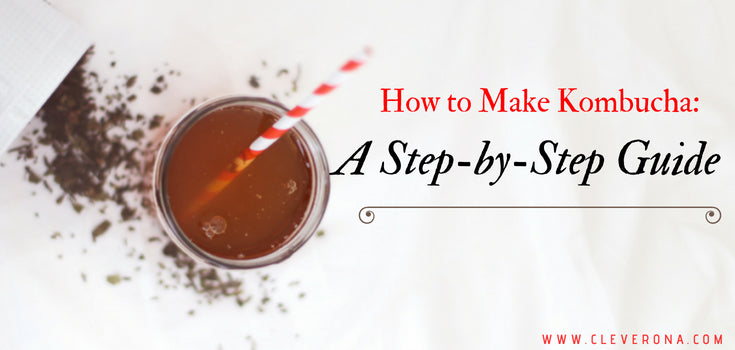
The ancient Chinese hailed Kombucha as the "tea of immortality". While it has been around for 2000 years, modern day health junkies are making their own concoctions of the tea to enjoy its health-giving perks.
According to some studies, kombucha tea benefits its drinker by:
- Preventing the development of cancer by producing a non-toxic and natural-occuring compound called D-Glucaric acid.
- Providing joint care with its high glucosamide content. Glucosamides have been found to maintain the condition of the cartilage around the joints.
- Boosting immunity - with the help of an antioxidant-rich component called D-saccharic acid-1,4-lactone or DSL that is uniquely found in fermented teas.
- Improving overall gut health through its high probiotic content that provides a well-balanced environment for the gut microbiota in the human digestive system. A healthy gut means you get the most from the food you eat.
- Aiding liver detox by supplementing the bacterial acids and enzymes that the body naturally produces which allows the liver to tend to its natural detoxification functions.
The good thing about this age-old elixir is that you can make your own brew right in your kitchen. So if you want to try making kombucha from scratch, let’s get started.
Step 1: Sterilize your equipment
Begin by washing all glass and wooden equipment with hot water and anti-bacterial dishwashing soap.
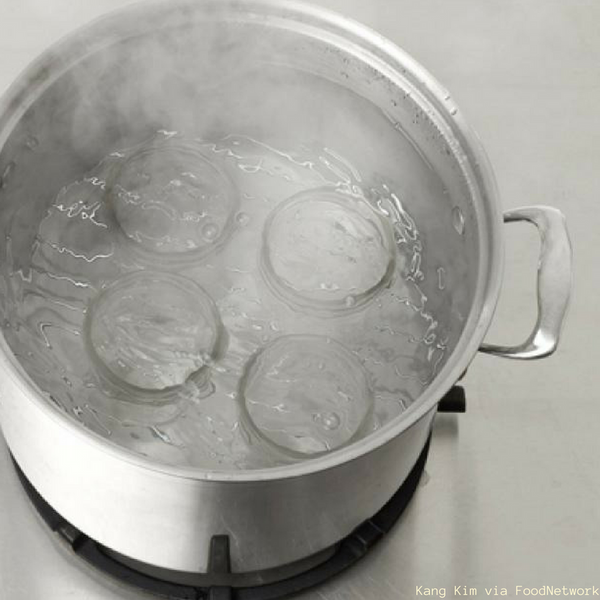
Find a pot that is deep enough for the tallest equipment to fit when placed upright or at least when laid on its side. Fill the pot with water until it covers everything by about an inch. Bring the water to a full boil for no less than 10 minutes. Remove them one by one using a pair of clean tongs. Lay them on a tray that is lined with a clean kitchen towel.
Here is a list of the basic equipment you will need to make kombucha tea:
- 1 quarter-sized jar to house the brew
- a wooden spoon
- 1 glass measuring cup to make accurate portions of ingredients
- disposable plastic straws for taste-testing the tea
- coffee filter paper or cheese cloth & elastic
- several fliptop amber glass bottles to store finished kombucha
- deep dish to store scoby
Whether you are creating your tea from scratch or whether you are making one from a previous batch, the challenge is the same. That challenge is to keep your culture free from unwanted microorganisms that will make the tea turn stale. Before anything else, be sure to start the process by sterilizing your equipment. Sterilization kills any microorganism in and on your equipment.
Because sterilization is a very important step in the brewing process, only use equipment that can withstand high temperatures. Avoid plastic utensils and containers. Use food-grade glass jars, wooden spoons and glass measuring cups instead.
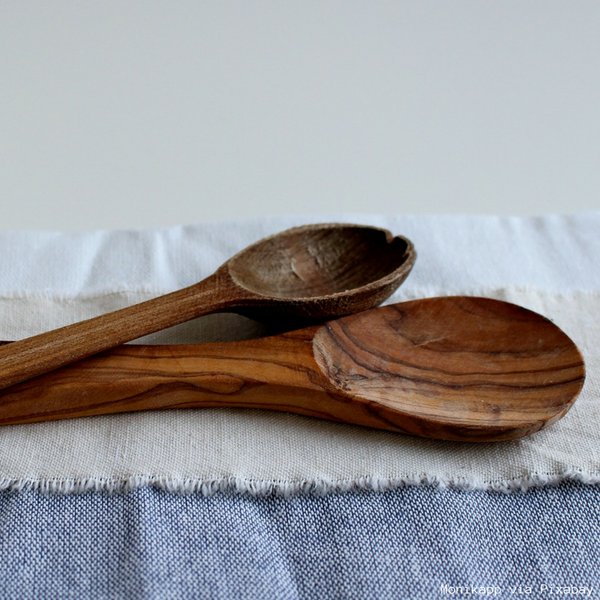
While silverware and stainless steel equipment can withstand sterilization, the use of these materials is not encouraged. Metals, when in contact with the culture, can disrupt the acidity of the brew.
The rest of the equipment such as the straws, coffee filters and cheese cloth should be disposable. Only clean and/or fresh, unused pieces should be used throughout the brewing process.
Step 2: Prepare your tea blend
Take a quart-sized jar and fill it with 2 to 3 cups of distilled (filtered, unchlorinated, flouride-free) water that is just warm enough to dissolve sugar & steep tea.
Add 1/4 white sugar and stir it in until it completely dissolves. Steep 2 bags of black tea for about 10 minutes. If you are using loose tea leaves, use 1 ½ teaspoons. Cool the tea blend down to 68 to 85ºF. Use a thermometer just to be sure.

White sugar serves as food for your scoby. The black tea is the culture's source for nitrogen and other essential minerals. Always choose organic tea (such as oolong and green tea) when making kombucha. Organic tea leaves are free from chemicals that may negatively affect the fermentation process.
Step 4: Add Kombucha Scoby
Put the scoby in the jar. You can do this using your hands. You can also do this with a wooden spatula. However, do not use silverware or any other utensil that contains or is made of metals.

Scoby is an acronym that stands for “Symbiotic Culture Of Bacteria and Yeast”. You can think of it as a tiny home that houses all the microorganisms that produce the Kombucha tea.
There are 3 common ways to get a kombucha scoby:
- You can get it from a previous brew or ask for it from a friend who brews their own kombucha
- You can make your own from scratch using a bottle of unpasteurized, organic kombucha. Look for white looking film on the bottom of the bottle. This film is a baby scoby that is starting to form.
- Last, you can buy dehydrated scoby from organic shops.
For someone who is making kombucha for the first time, the best option is to buy dehydrated scoby be these are pathologically-tested and proven to be free from unwanted microorganisms. Dehydrated ones are also packed to ensure that there will be no contamination during transport.
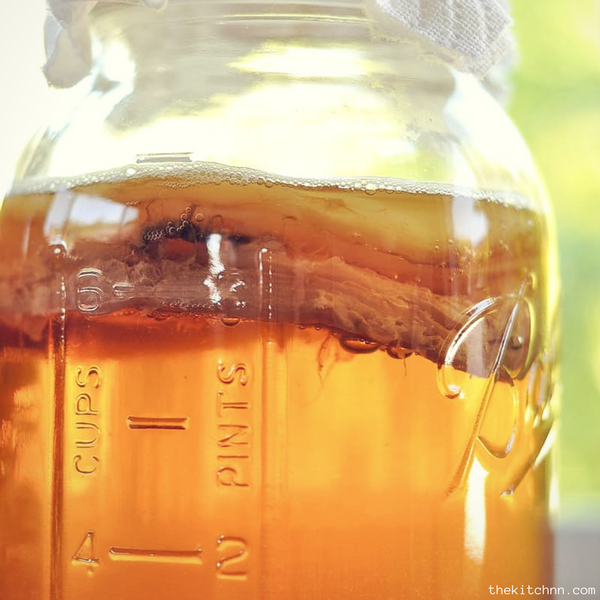
A dehydrated scoby needs to be activated using a rehydrating liquid. The process of creating this liquid is the same process for making kombucha. This makes it even more convenient to just opt for a dehydrated scoby since rehydrating or activating the scoby yields kombucha tea you can consume.
Step 5: Secure and store your brew
Cover the completed brew with a piece of clean cheese cloth or a piece of fresh coffee filter. Secure the cover with an elastic band. Spritz some white vinegar on the top of the cover.
A cheese cloth or a coffee filter prevents debris from getting into the jar without blocking out oxygen that is also an important component in the fermentation process. The white vinegar spritz prevents unwanted microorganisms from contaminating the culture.
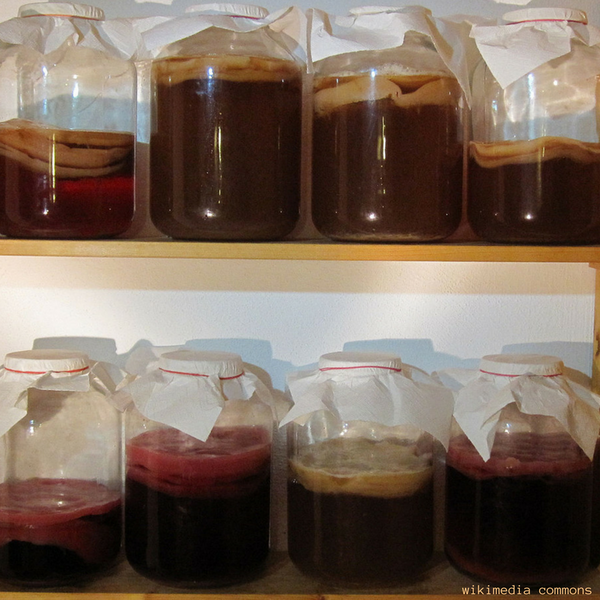
Store your brew in a place where it can sit undisturbed for 1 to 4 weeks, away from direct sunlight, and where it can maintain its ideal temperature of 68 to 85ºF.
After the first week, you can start testing your kombucha for the taste and aroma. Instead of using a spoon, use a disposable plastic straw. Check every 2 days until you have achieved your preferred flavor and smell.
The temperature of the room where you store your culture will greatly affect the length of time it takes to achieve a workable blend. For instance, letting the culture sit in a cold room or brewing during winter will make the process last longer. On the other hand, letting the culture site in a warm room or brewing during the summer will speed up the process. To be sure, just make it a habit to check on the brew regularly.
Once you have achieved the right blend from your kombucha culture, your kombucha tea is ready to be served.
Step 6: Storing Kombucha Tea
Transfer 3/4 of the liquid into fliptop amber glass bottles for safe and easy storage.
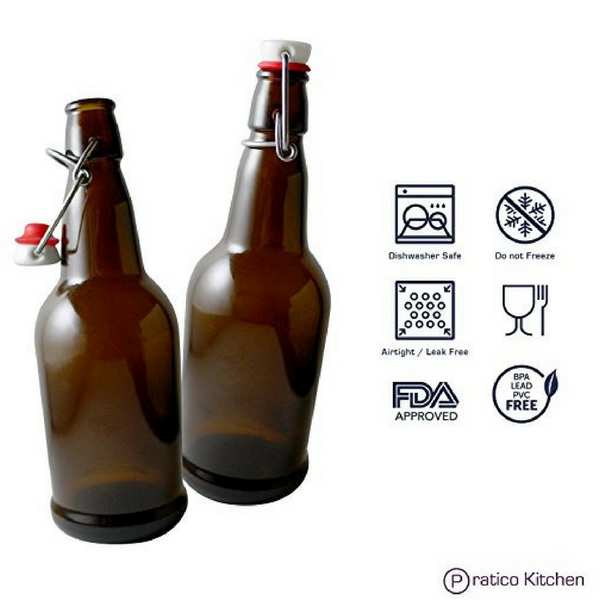
Using a wooden spoon or a plastic laddle, carefully remove the scoby from the jar and transfer it to a plastic or glass container. Save the remaining liquid for future use as your kombucha starter.
It is also advisable to start brewing a new batch right away using the now activated scoby and the remaining kombucha tea.
Bonus Kombucha Safety Tips
Just like any other home fermentation projects, you have to practice caution throughout the whole process. For instance, if you start seeing crusty dark spots in the culture that is different from the scoby which looks white and gelatinous, your culture may have been contaminated with mold. It is best to throw it away and start anew.
Also, practice moderation when drinking kombucha tea. Aside from its bacterial and yeast contents, the fermentation process yields by-products which may cause allergic reactions to the drinker.
The most common by-product of the kombucha brewing process is alcohol. While each mL of the beverage contains very little alcohol, those who are allergic to alcohol should be careful. Those who are dealing with drinking problems are also advised to stay away from the tea.
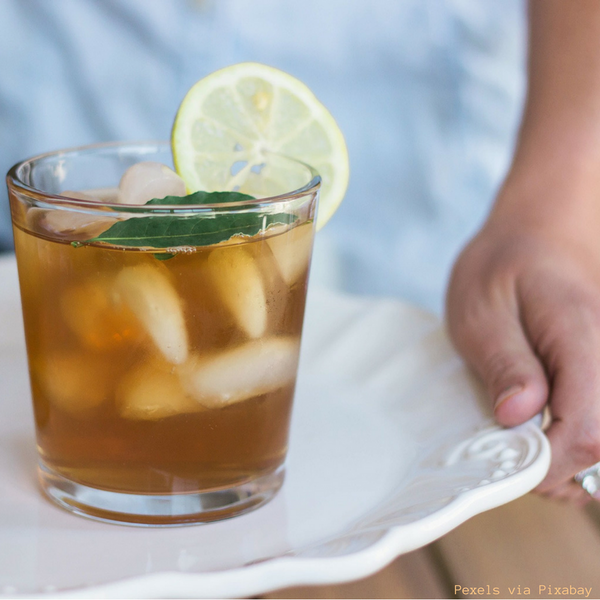
Those who have blood glucose concerns should also be careful with this beverage since it contains a lot of sugar per serving.
Caffeine is yet another concern. Black tea is known to contain high amounts of caffeine. Those who have IBS or are prone to diarrhea should limit their kombucha intake to a minimum. Of course, you can always use decaffeinated tea just as long as you choose “real” tea.
Pregnant women and lactating mothers are also advised to refrain from drinking the tea.
Do you want to try making your own scoby from scratch? Do you want to flavor your kombucha just to give it a little twist? Wondering what to do with your mother scoby? Check out the videos below that we have included on this guide to help you even better. Good Luck!

